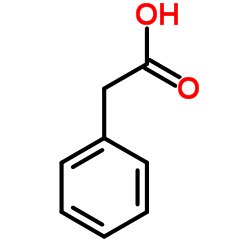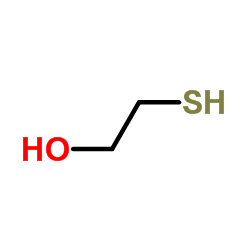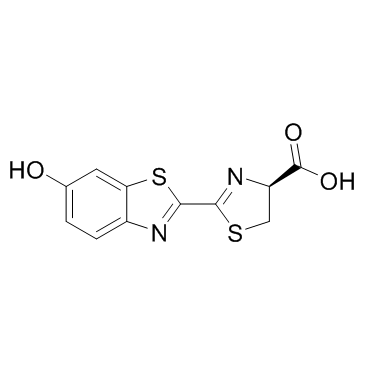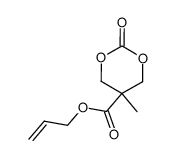| Structure | Name/CAS No. | Articles |
|---|---|---|
 |
Phenylacetic acid
CAS:103-82-2 |
|
 |
L-(+)-Lysine monohydrochloride
CAS:657-27-2 |
|
 |
mercaptoethanol
CAS:60-24-2 |
|
 |
D-Luciferin
CAS:2591-17-5 |
|
 |
5-Methyl-5-allyloxycarbonyl-1,3-dioxan-2-one
CAS:532424-75-2 |